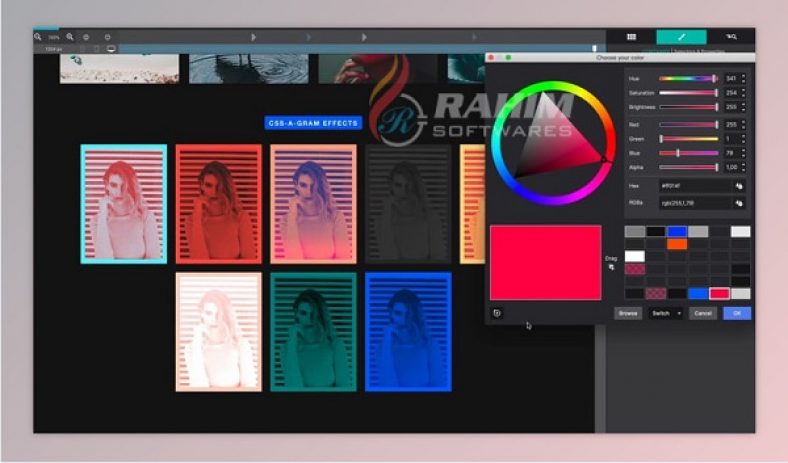


First things first, add a Container element to the canvas beneath the navigation.The link addresses are applied to each button on the Element pane in the Href box.With this state activated, I will change the background to black 000000. Finally, to spice them up and make it obvious to the user what button they are selecting, I will apply a Hover style by selecting Apply Styles > In State.To separate them, I will add a faint bottom border.Change the two new links to say Book Now and Contact Us.Boom! They will automatically take the styles we applied to the first Text link. Add two more Text Link elements into the Container and give each link the class name nav-button.On the canvas, change the placeholder text to say Home.A Background Color of 3d3d3d is applied.The Text Link will then get the following Typography settings:.Scroll to Dimensions and apply 10px for the top & bottom Padding. On the Styles Pane scroll to Layout and set to Block.Then give the Text Link the class name nav-button. Next, drop a Text Link element into the Container.Add a Container element from the Content Pane to the canvas and give it a class name nav-wrapper.
Coffeecup site designer download#
To build along with me, download the project resources: I also break down each step and provide the values for the controls I’m using. I have recorded all the steps so you can watch me as I work with the app. The entire Visions design is organized structurally into 7 sections! We’ll add on an 8th step for tweaking the page for larger screens. Only when you need to tackle a more complex layout is when CSS Grid controls can come steal the show. Good ’ol Block and In-line block, trusty Flexbox controls, and Absolute Positioning can still get the job done right for lots of tasks. Not every design situation calls for Grid. CSS Grid positioning controls are optional.Plus, they will always stay in sync if you change their appearance. Elements that use the same Class Name will share the same styles. Give common items such as paragraphs a Class Name. However, if you really love using that format, V3.5+ offers both workflows. This eliminates the restrictive row/column layouts that were a part of earlier versions. Site Designer V3 and higher uses Containers to group multiple page elements together. Containers elements will be your best friend.This means you will build for smaller screens first, applying all your default styles (colors, fonts, images, etc.) with the slider positioned to the left of the first breakpoint. This framework is a Mobile-first workflow. You can also click File > New From Theme > Blank > Foundation. For this tutorial, you'll want to select the Blank Foundation Theme upon opening the app.Suzanne from The CoffeeCup Team The Visions theme SuzieQ’s top four getting-started tips: These same steps would apply to the upcoming Site Designer V3 too! Once you master the fundamentals, you’ll be able to graduate to the higher-level Grid controls tutorials. I’ll be your guide throughout this tutorial, getting you familiar with the workflow as we build a webpage using the CSS Grid Builder app. This design, while it doesn’t actually use any CSS Grid properties (more about that below) it is great for first timers to learn the basics. Including my own! It's simple, yet classy, and extremely versatile for any organization, business or profile. Since the release of Responsive Site Designer V1, the Visions theme has always been a fan favorite. Video guide for creating a basic page in CSS Grid Builder & Site Designer V3 & V4.


 0 kommentar(er)
0 kommentar(er)
